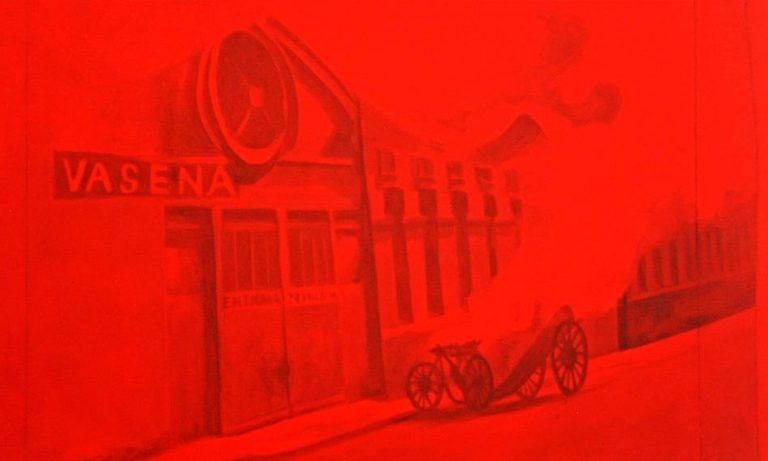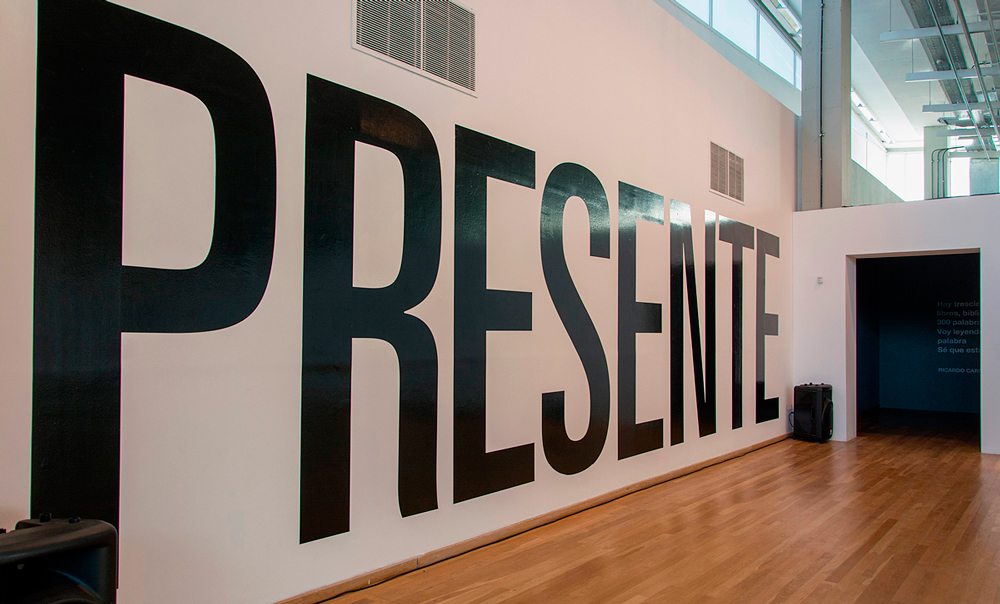EL FUTURO DE LA MEMORIA
BRODSKY - ETCÉTERA - GOLDER - SPERATTI
17.03.18 - 27.05.18 / Sala PAyS
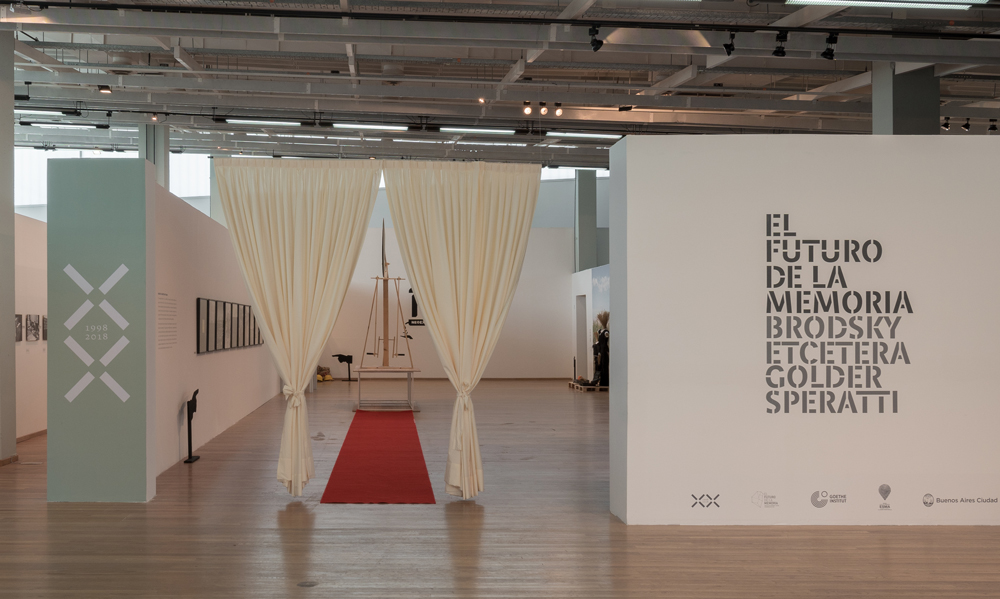

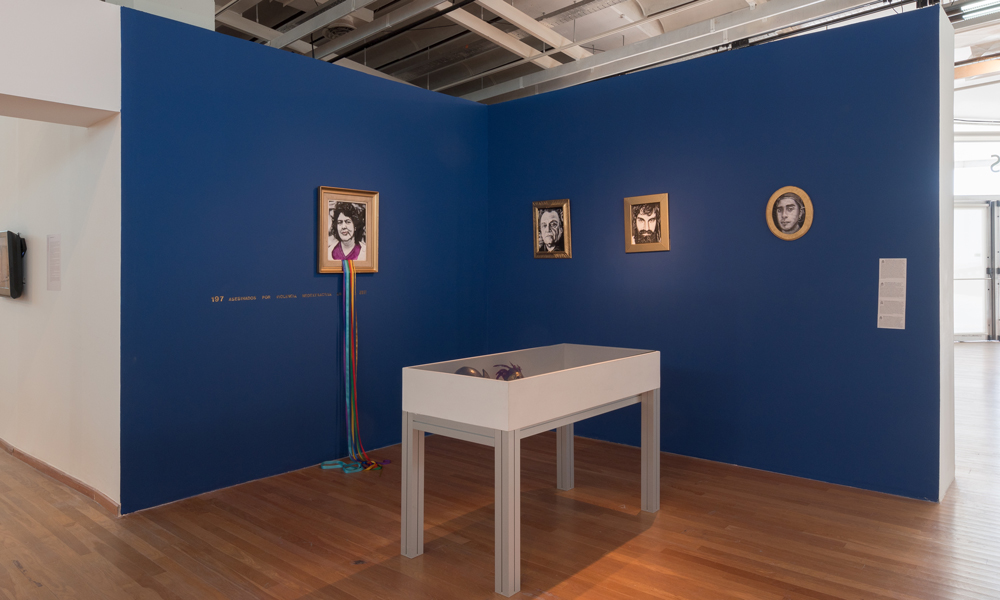

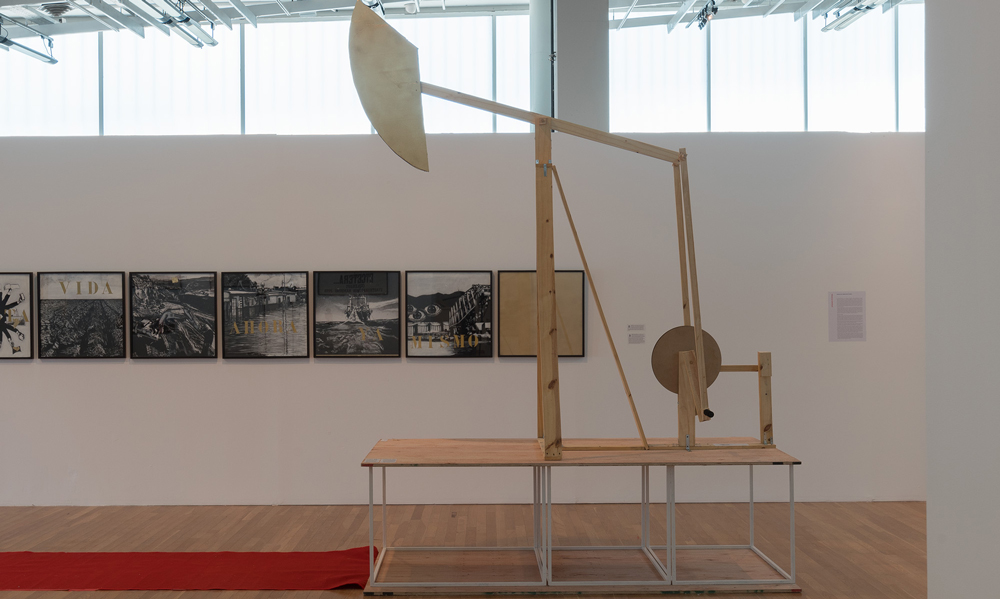
Curator: Cecilia Nisembaum
–
What do we remember as individuals and as society? What do we forget? How will we remember in the future? Is memory an unalterable record of the past or rather a changing and dynamic labyrinth? El futuro de la memoria aims to open a space to think about this and other issues through various artistic languages, in an exhibition consisting of installations, sound art, video, photographs and performance actions.
Gathered by the Goethe-Institut, the artists Marcelo Brodsky, Gabriela Golder, Mariano Speratti, Loreto Garín Guzmán and Federico Zukerfeld (Etcétera Collective) present stories, documents and fictions that arise from the common intention of rummaging, erring, intervening, dialoguing and imagining the future of memory from the interpellation of our past and its relationship with the present.
The exhibition El futuro de la memoria is the local expression of a homonymous regional project that since last year has been developed, through different actions and artistic languages, in Buenos Aires, San Pablo, Rio de Janeiro, Lima, Montevideo, Santiago de Chile and Bogotá. In a transnational and transdisciplinary debate, all the actions of the project seek to think about urgent questions around the memory of dictatorships, armed conflicts and violence that occurred during the last decades in Argentina, Brazil, Chile, Colombia, Peru and Uruguay.
A project of Parque de la Memoria and Goethe-Institut Buenos Aires, with the backing of Museo Sitio de Memoria Esma – Ex centro clandestino de detención, tortura y exterminio.
MARCELO BRODSKY
The CELS Archive
The archive at the Center for Legal and Social Research (cels) contains images, information, and original texts that bear direct witness to history. The contents are first-hand accounts of events, testimonies, and evidence, useful for research or for reflection. Brodsky’s work aims to create narratives based on the last years of archived material combined with my own images. In this case, the work offers a visual panorama of the archive maintained by the Center for Legal and Social Research, one of Argentina’s most important human rights organizations.
GRUPO ETCÉTERA
Museum of Neo-Extractivism
«Neo-extractivism» is an economic development model that was adopted by governments in South America at the start of the 21st century. Its history is founded in the so-called conventional extractivism, which began over 500 years after the European conquest and colonization of American, African, and Asian territories and started the process by which the entire world become part of the capitalist economic system. Extractivism has been (and still is) a colonial (and neo-colonial) mechanism founded on extreme pillaging and appropriation. Just like in the anterior model, economies are centered around activities that dramatically exploit nature to obtain unprocessed raw materials that are then exported to Europe and industries in Asia and North America. Neo-extractivist exploitation is not limited to minerals or petroleum; also included are activities such as agriculture, fishing, and even the so-called cognitive extractivism. The Museum of NeoExtractivism (mne) is a rotating project that adopts diverse exposition formats depending on the space, the institution, and the context it moves into. It came about as a result of research carried out by the Etcetera Collective on the neo-extractivist model and its consequences for the environment, social well-being, and human rights. The exhibit in the Present, Now and Always (PAyS) Exhibition Hall at Parque de la memoria offers a prototype of one of the possible rooms of this museum and includes installations, sitespecific works, photography,
videos, maps, and other objects. For the duration of the exhibition, the museum will also hold performances and interventions around the grounds of Parque de la Memoria
GABRIELA GOLDER
Letters
A group of children, between 8 and 12 years old, read letters written from several prisons around the country or from exile or hiding during the last military dictatorship (1976-1983), but also from the years leading up to it. There are letters by and for children, to parents, from parents, from grandparents, from aunts and uncles. Letters that tell of life in prison or in exile, that tell of raids, kidnappings, and shootings. At the same time, they tell of daily life under the
dictatorship, inside and outside, of how to maintain affective ties, how to keep going on, how to share stories of love, fear, pain, death, exile, children, and survival. History is temporal, personal, public, and shared at the same time. It survives each listener’s interpretative process and endures each new telling. Memories function as both reconstructions of the past and reflections on the relationship between past and present.
MARIANO SPERATTI
Habeas Sonus Auditory Memory
Habeas sonus: «may you ave sound,» «the presence of sound.» Restitution of memory through sound. A soundtrack of memories retransmitted into the future. In this game of imagining a future where memories have faded, children will redraw the lines of a territory laden with indecipherable signs which they must try to interpret, and where they are the ones who manage memory, where the pull of oblivion counters the impulse to remember, an exercise in resistance and legacy that, until now, has proven to be the most powerful weapon the future can carry.
Press
“La memoria del futuro”: cuando el arte aporta una posibilidad de justicia
By Diego Rojas
Infobae, 20/03/18
Contra la borradura de lo política por el capitalismo
By Silvina Friera
Página 12, 18/03/18
